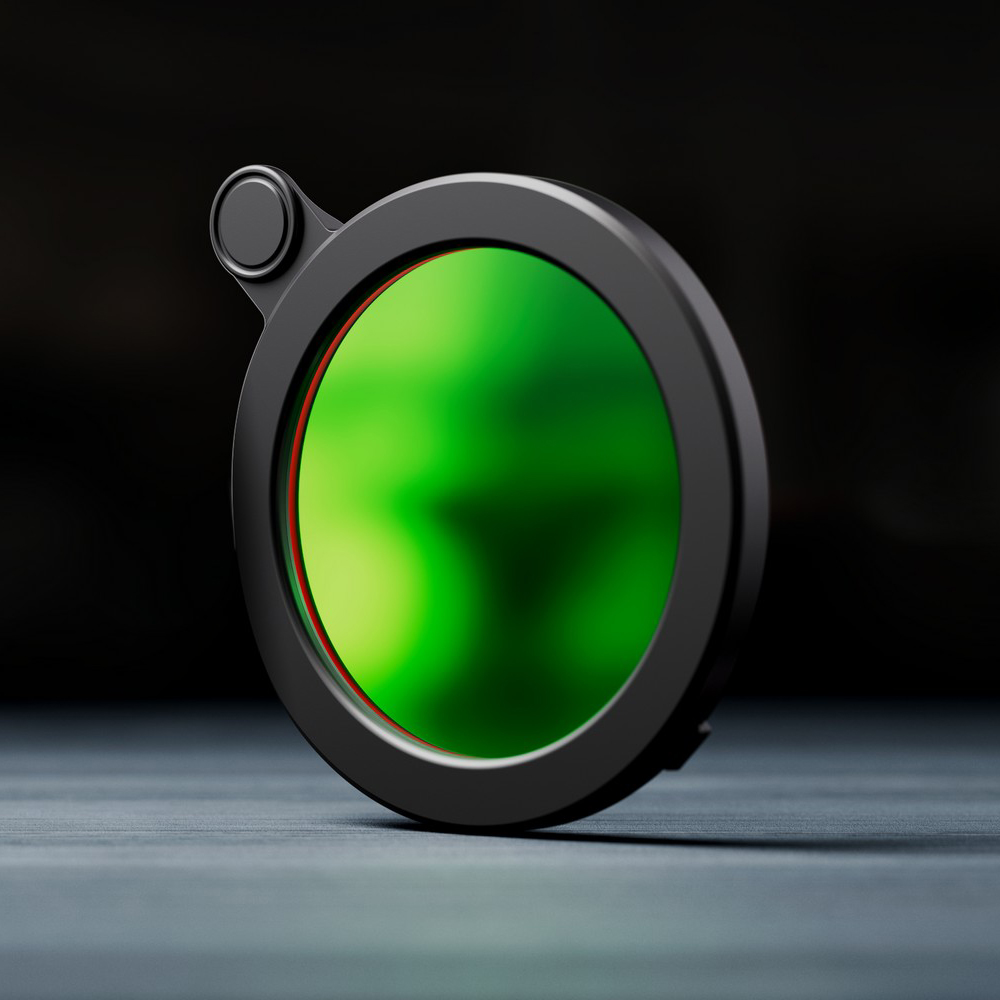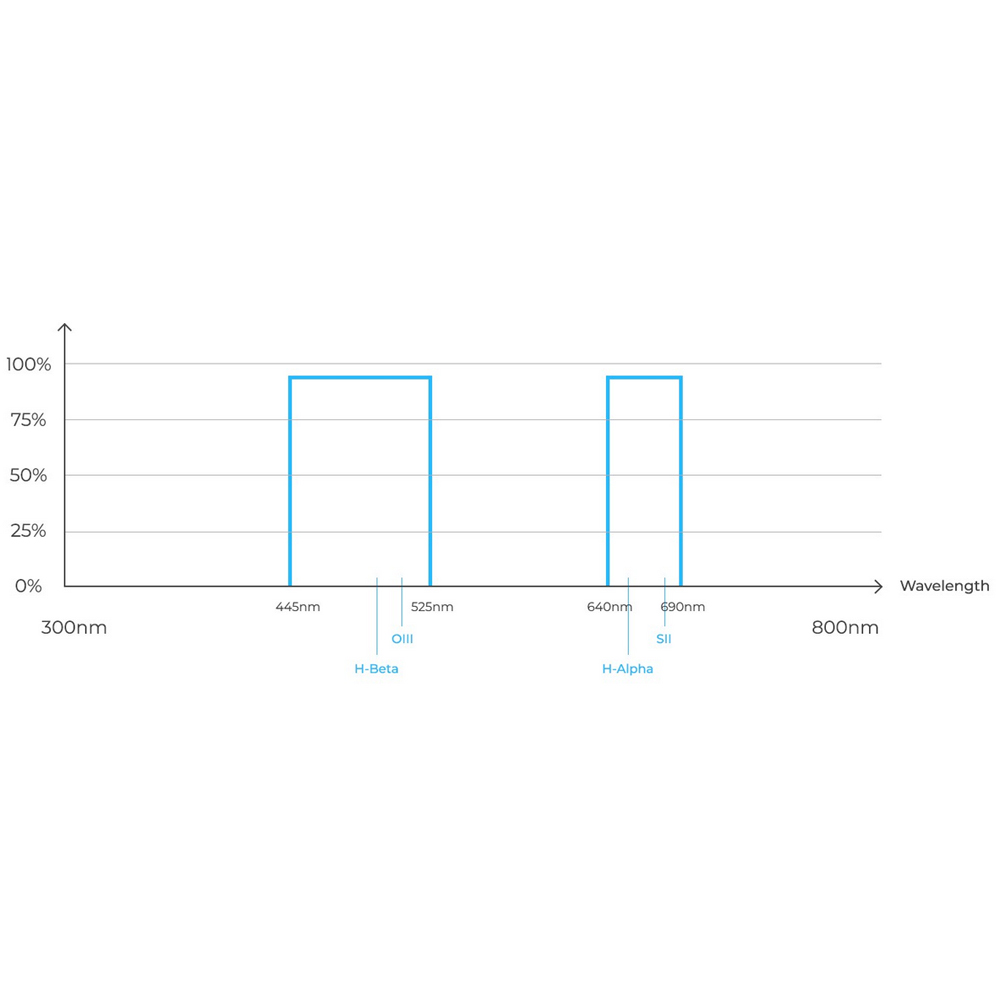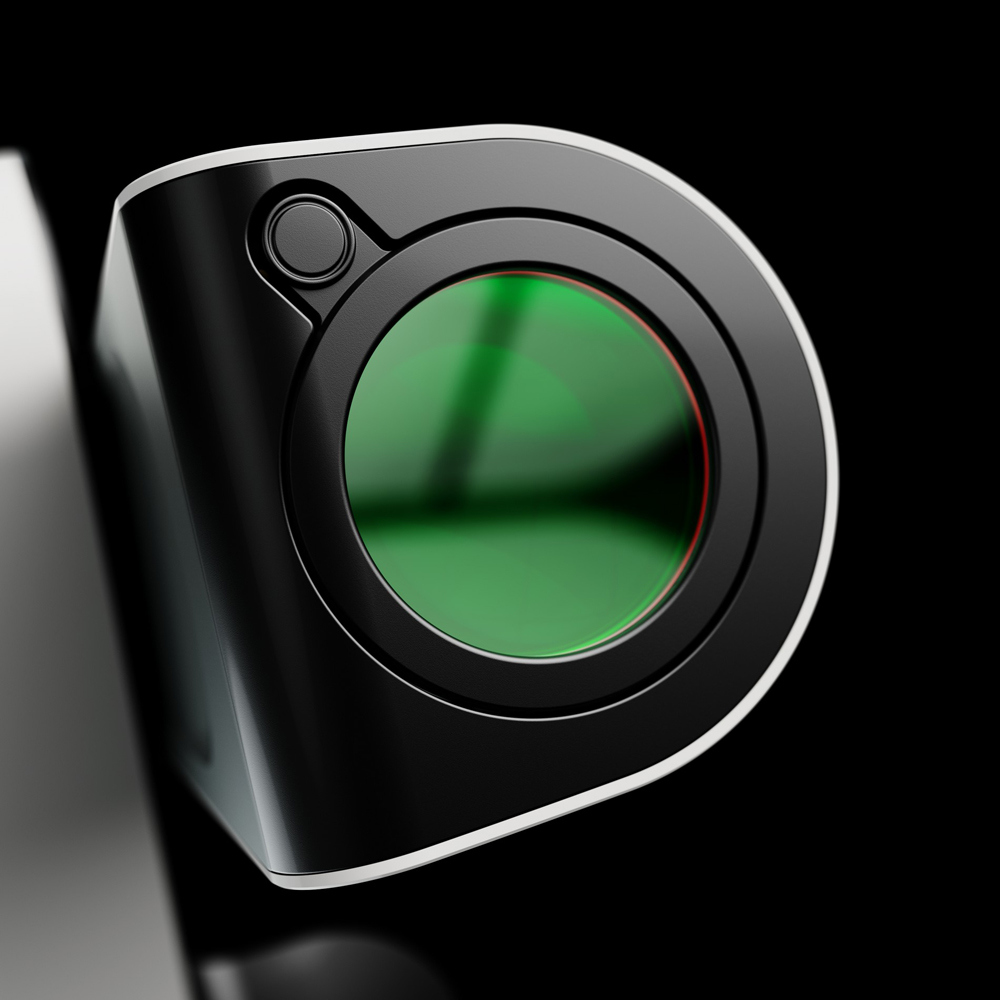Vaonis Vespera Light Pollution Filter
Combat Light Pollution with this Vespera Filter
Vaonis now has a solution to combat light pollution when using your Vespera Smart Telescope! This filter is known as a CLS (City Light Suppression) filter, and it allows you to improve the quality of your photos when you are imaging in the city or suburbs. The Vaonis light pollution filter reduces the effects of light pollution and increases the contrast between celestial objects and the background sky. This is a must-have accessory if you plan on using your smart telescope in the city or a place with higher levels of light pollution.
CLS filters like this Vespera light pollution filter are particularly useful for improving the brightness of deep sky objects. These objects include nebulae, star clusters, galaxies, and more. Due to the filtered wavelengths, it's particularly effective on emission nebulae. Some examples are Bubble (NGC 7635), Crescent (NGC 6888), Eagle (M16), Elephant’s Trunk (IC 1396), Flame (NGC 2024), Lagoon (M8), North America (NGC 7000), Omega (M17), Orion (M42), Pacman (NGC 281), Rosette (NGC 2237), Tarantula (NGC 2070), Thor’s Helmet (NGC 2359), Trifid (M20), and Tulip (Sh2-101).
Transmission Curve
This light pollution filter blocks the Na (sodium) and Hg (mercury) wavelengths that are emitted by urban night lighting. It also blocks undesirable natural light, like atmospheric oxygen radiation and Moon Glow, while still allowing the main wavelength emitted from celestial bodies. In the left-hand image you can see a graph illustrating the transmission curve of the light pollution filter.
Vespera Compatibility
Vaonis has designed this filter to fit in the optical arm of the Vespera arm and works specifically with the Vespera lens. The lens ring on the CLS filter comes with an electric card that will allow the Vespera to detect it. Once in place, you can rest assured that the filter is working and will help improve the contrast of your astrophotography performance.





